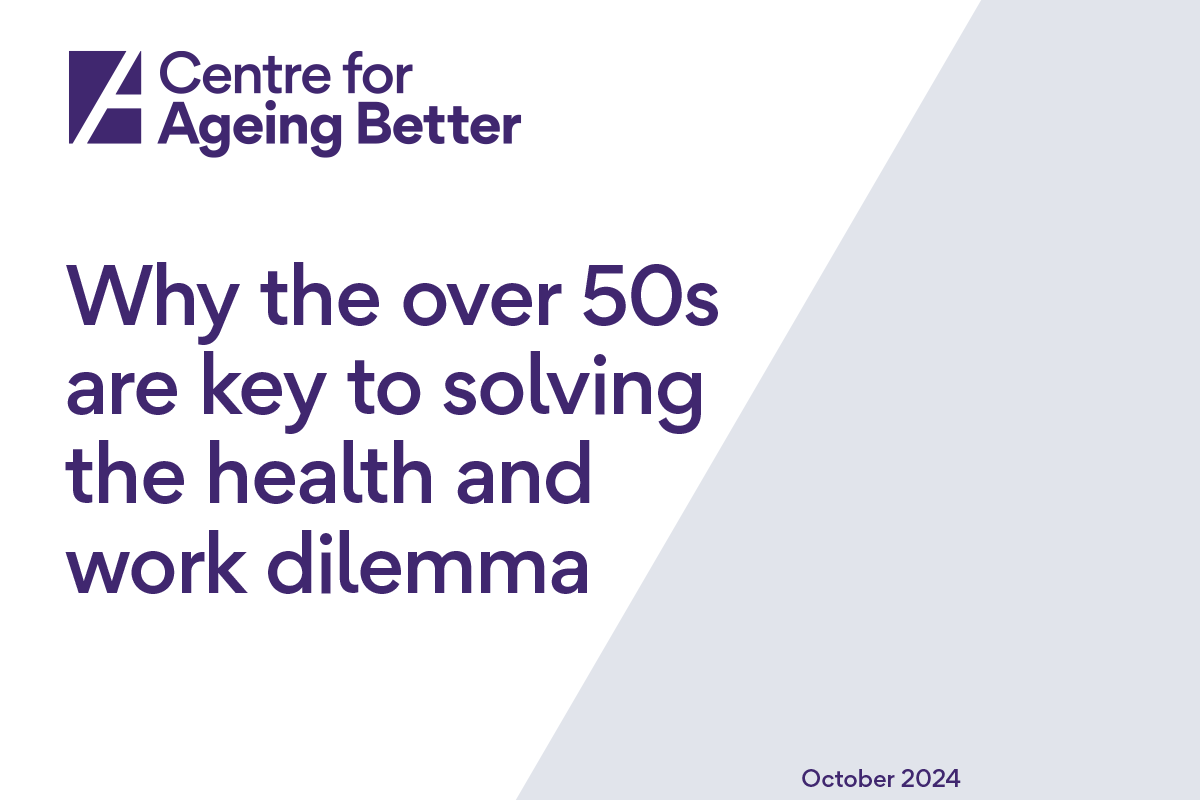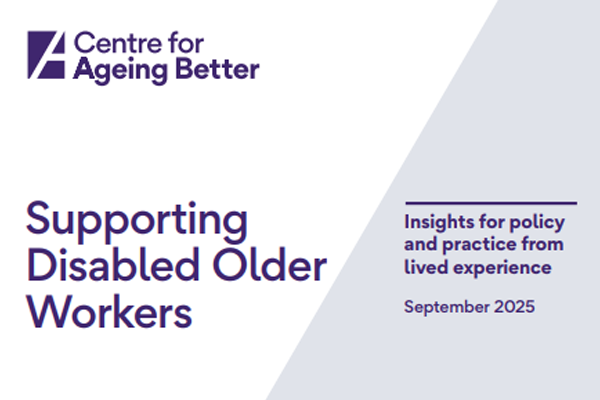The big picture is ambitious
Do not be fooled by the standard political noise about young jobseekers who refuse to work will face having their benefits cut that made the headlines in the run-up to the White Paper’s publication. That was very much business-as-usual employment policy/politics chatter.
The government’s actual aspirations, as set out in the Get Britain Working White Paper, are absolutely not business-as-usual. The Work and Pensions Secretary Liz Kendall has set out an ambitious vision for a radically reformed employment support system.
Note that I call it a vision, not a plan. This paper is heavy on ideas and “pathfinders”, and light on long-term timescales or substantial funding to back up the major changes it foreshadows.
That is not necessarily a bad thing. The government is talking about doing things quite differently: devolving employment support in new ways, opening up support to people not seeking benefits, bringing the (very different) National Careers Service and Jobcentre Plus together into one organisation.
It is right to take a test-and-learn approach: pushing a few places to go first, finding out what the real nitty gritty challenges are in pursuing these new initiatives and ways of working, before trying to roll them out to the whole country.
That does not undermine the ambition of this document. If all of its aspirations are met, it will create a radically reformed employment system.
What does it mean for workers in their 50s and 60s?
A few key priority groups emerge from the white paper: young people first and foremost, but also people with long-term health conditions, women with caring responsibilities, people with low skills, and people who live in areas of low economic opportunity.
A significant proportion – indeed, the bulk – of this group will be over 50.
- Over half of the people economically inactive due to their health are age 50-64.
- The peak age for unpaid care is 55-64 (although this excludes women caring for their own young children, who get the bulk of the attention in the White Paper).
- 42% of 16-64s with no qualifications are over 50.
For that reason, the government can fairly claim that their new plan will make a big difference for the over 50s – despite the fact that the 50+ employment group is not singled out for a specific, targeted approach under their new plans.
Our evidence suggests that they might be right. A lot of things about Labour’s plans follow the evidence we have accumulated over the last few years about “what works” (or, more accurately, what could work) to better support people in their 50s and 60s back to work.
This government wants much more localised, devolved support: better to meet the needs of local labour markets (and important for older people who are less geographically mobile). They want an enhanced digital offer, which we know appeals to jobseekers in this age cohort. They want to make job centres more opening and welcoming, engage more people in employment support, and create much more supportive conversations.
All of this has the potential to make things much better for the 50+ group. But that potential is far from guaranteed.
The government cannot take 50+ employment improvements for granted
History tells us that people in their 50s, and particularly in their 60s, fare far worse on government back-to-work support than young people.
On the Work Programme (2011 to 2017) around 22% of 50-59s and 14% of 60+ participants got a job. Participants on the subsequent Work and Health programme fared slightly better, but job outcomes for 60+ participants is still below 20% - putting them far behind younger workers.
Put another way: a Work and Health Programme participant in their 60s was half as likely to be in work within two years than an 18-24-year-old.
Some outcome gap is always likely to exist, however competent the provision. But any government willing to accept such differences as inevitable cannot in good conscience increase their expectations on the poorest people to keep working into their late 60s. Yet this is what is happening, with the State Pension Age set to rise to 67 by 2028.
So here is our message to government: don’t accept this. You say in the White Paper that you need to work through the relationship between devolved delivery bodies and the Department for Work and Pensions (DWP). Setting standards has to be part of this. Without spending any money, the government can send a signal to the whole system that lower performance of services for people in their 50s and 60s is not acceptable. Galvanising the system could go a long way.
That’s what we call an age positive approach. The second step is to be age curious. The government has vast evaluation capacity – they need to use it. We need robust evaluation of these all-age schemes that is specifically targeted at unpicking what is happening for people in their 50s and 60s.
And we need transparent publication of data, broken down by age, so the whole system knows what is happening. That will be harder to do under a devolved system, but perhaps even more important.
Perhaps these investigations will show that a targeted approach is not needed – that the over 50s can fare just as well on all-age provision if it’s done right. An age-curious approach will answer whether or not that’s right. But ageism in the labour market is a very real, and very entrenched phenomenon. It will stop this government from achieving their aims, as well as cause misery to individuals. Taking an age-positive approach will ensure that, at the very least, ageism does not hold back progress within DWP.














